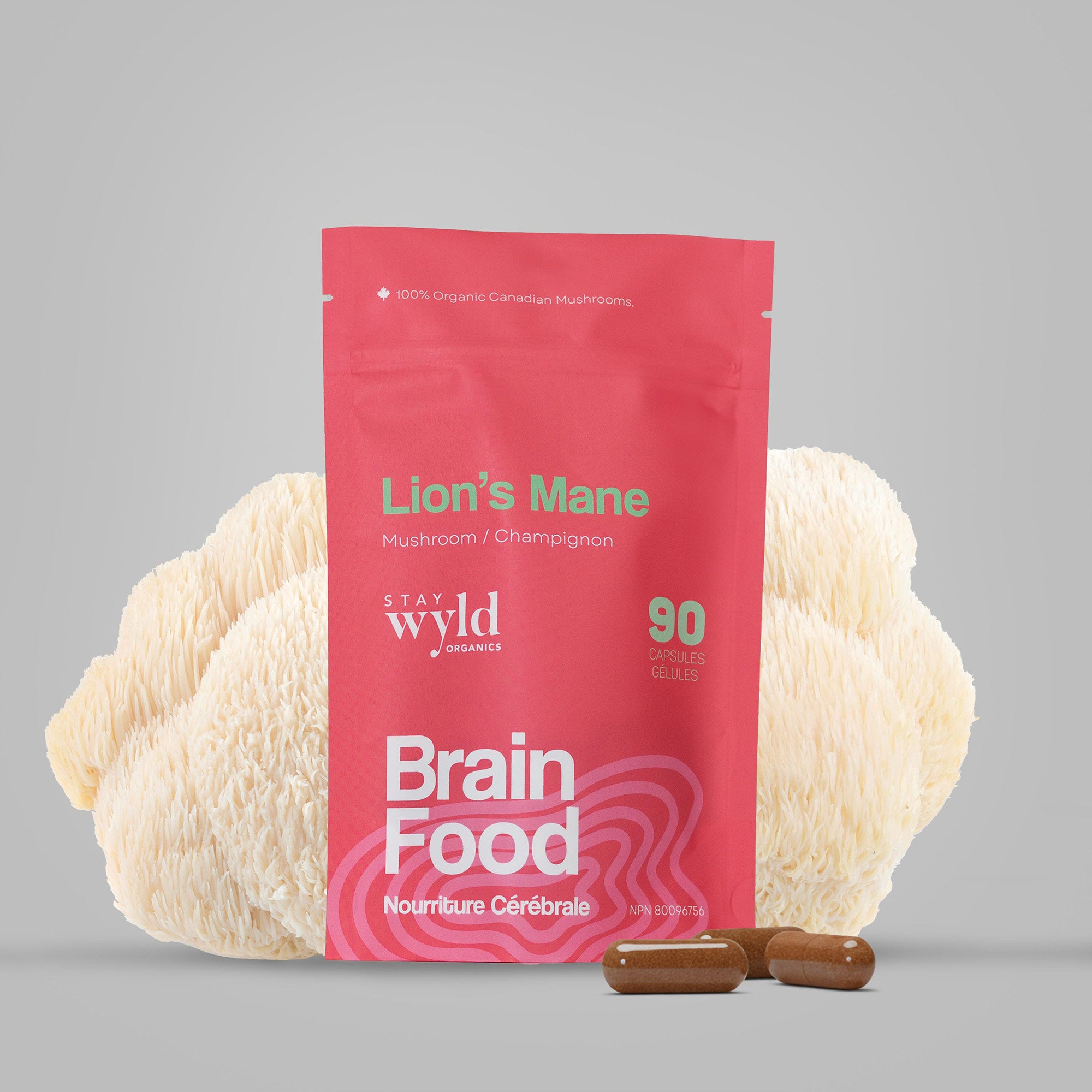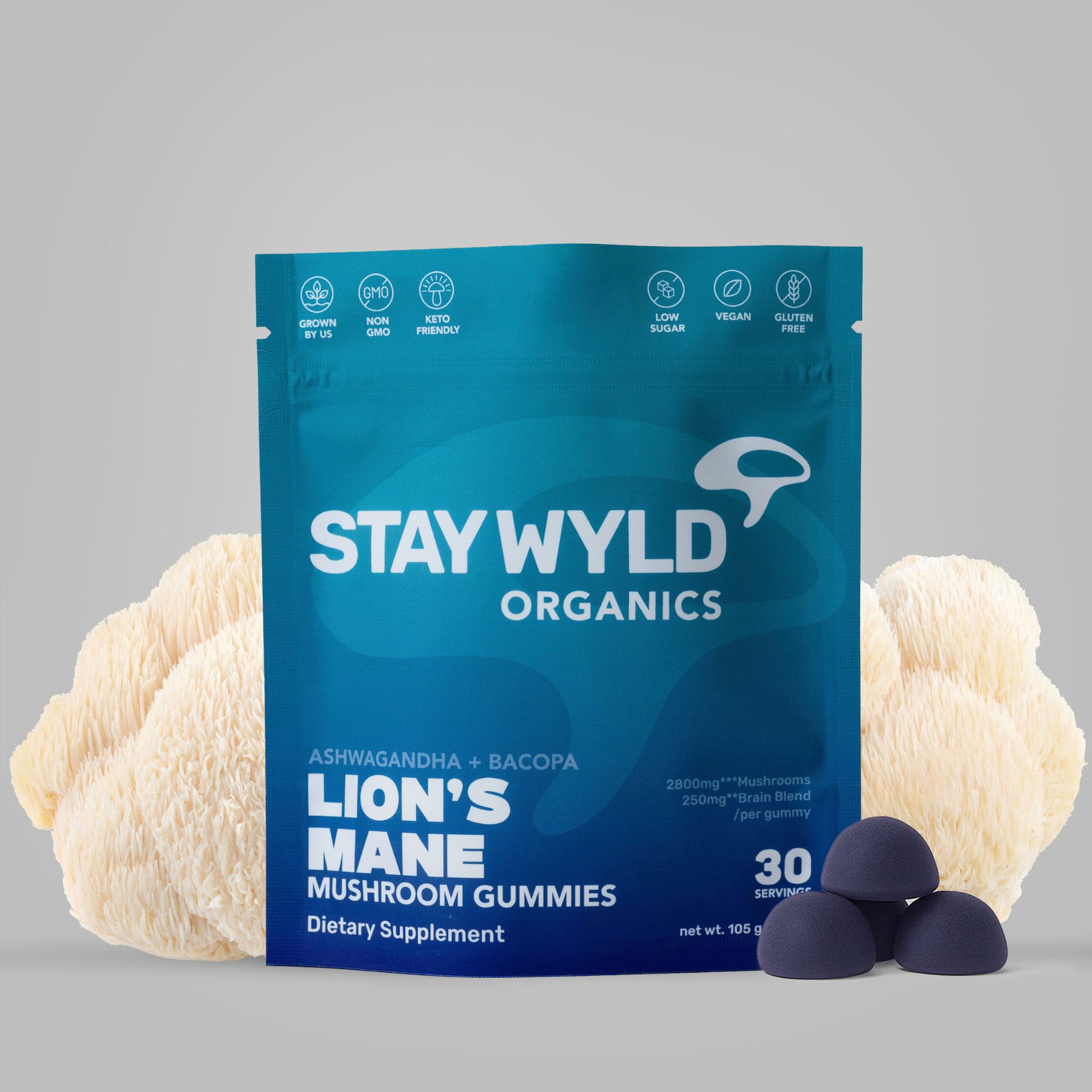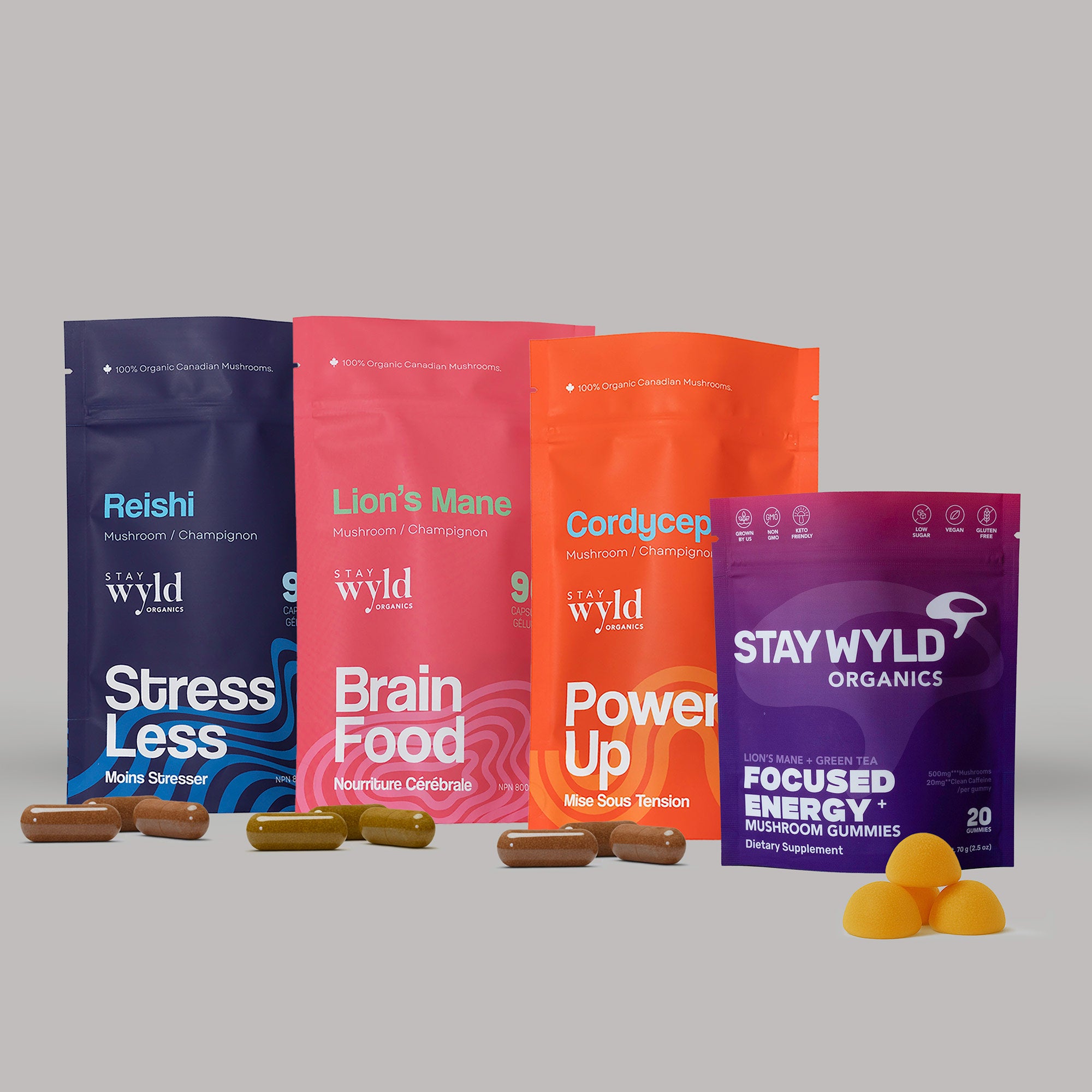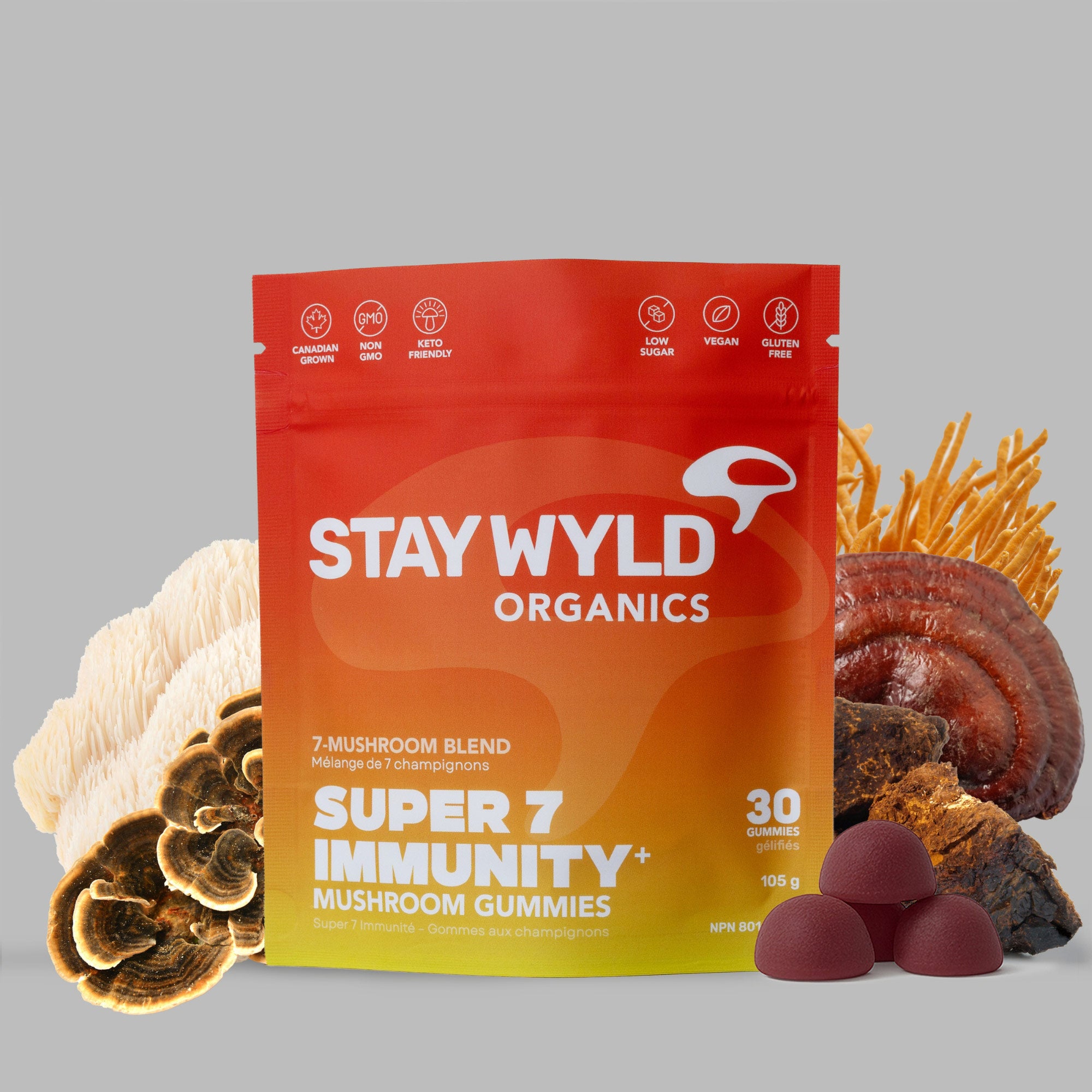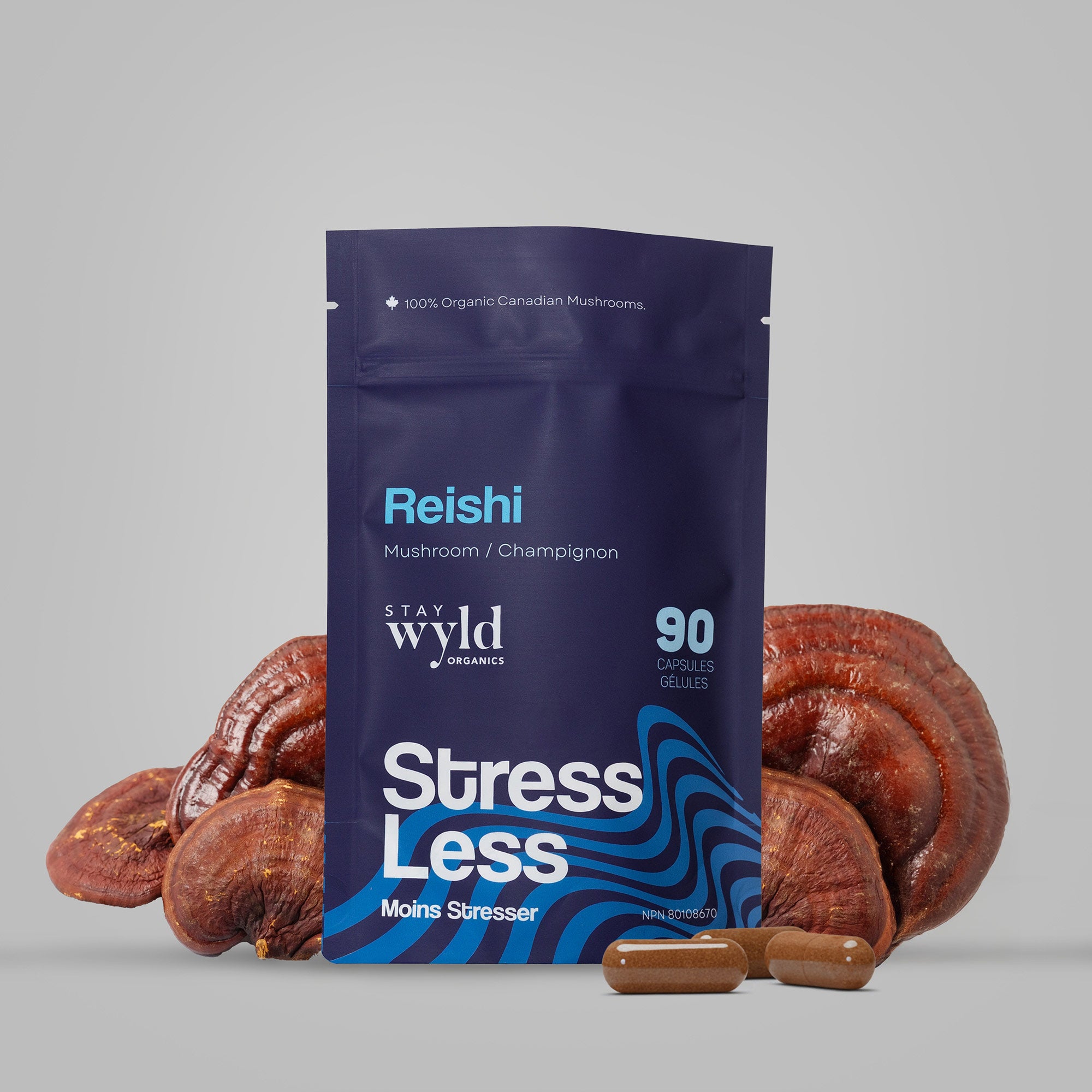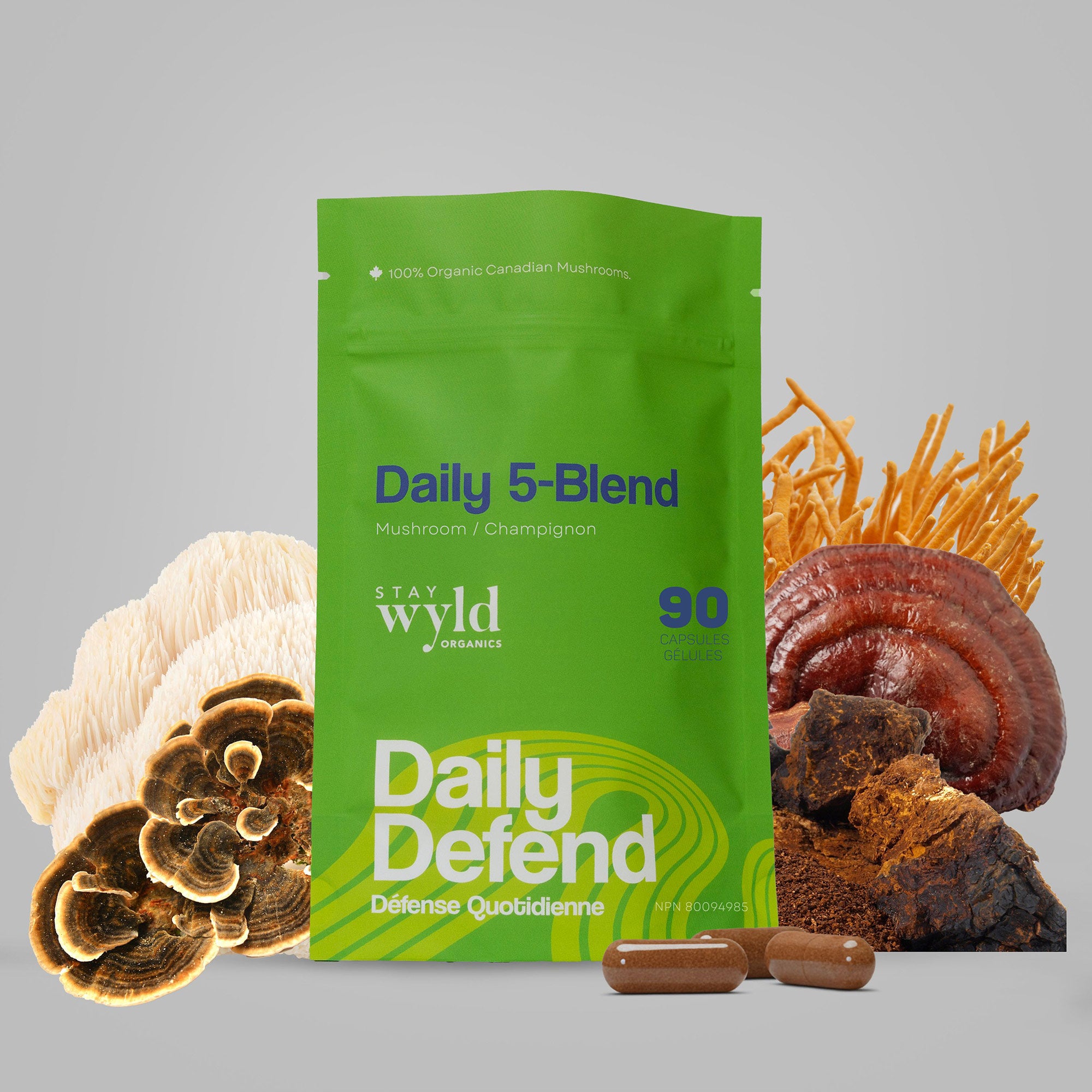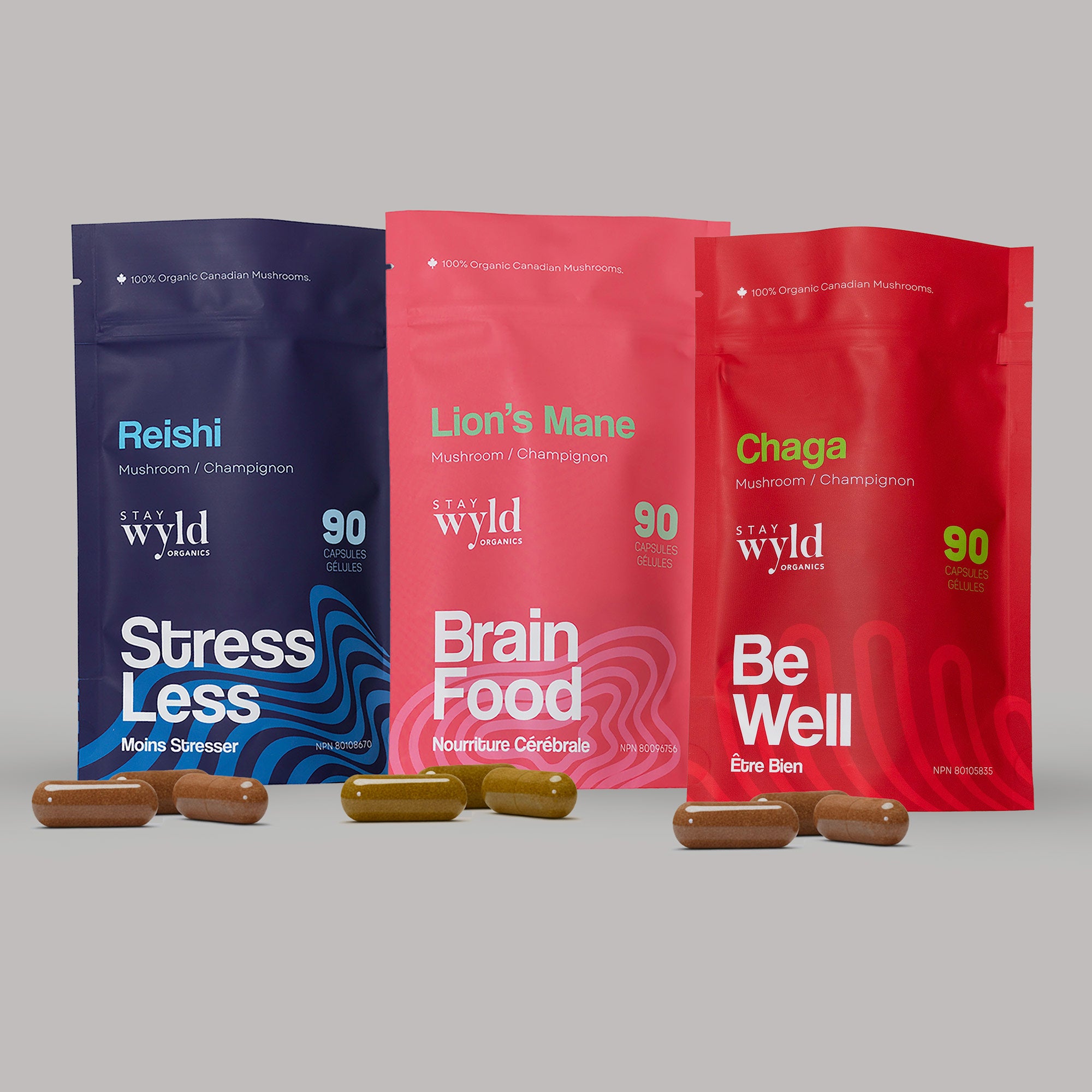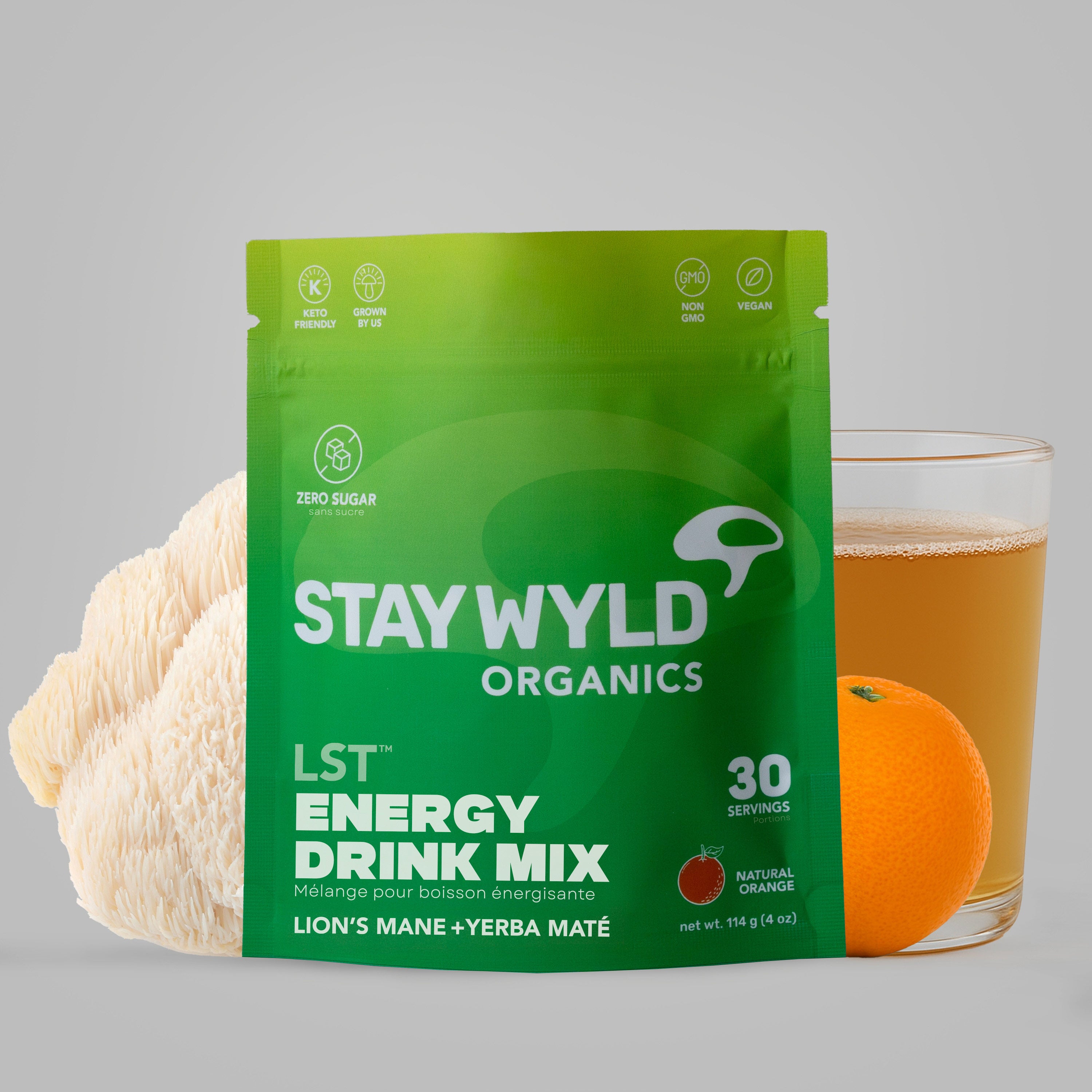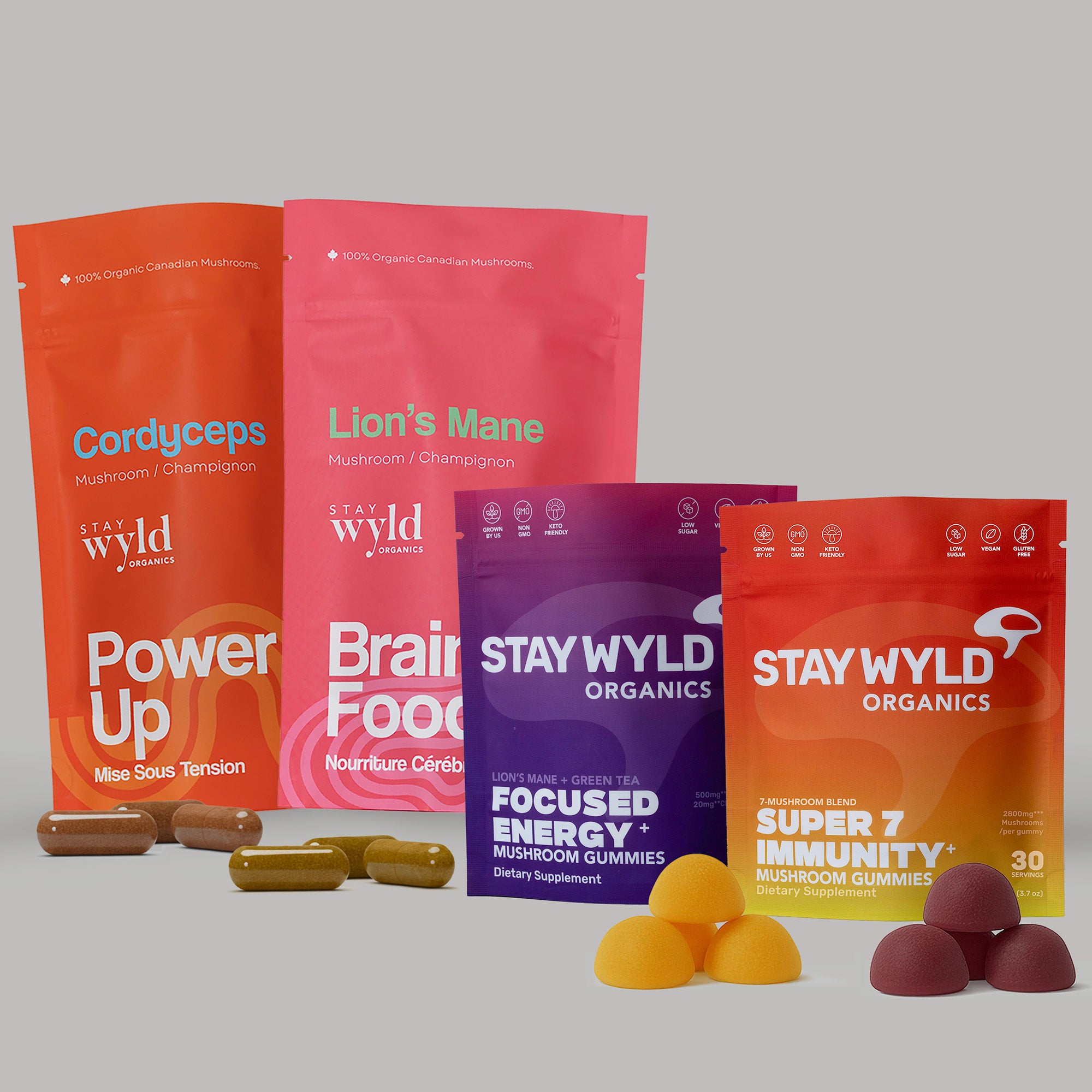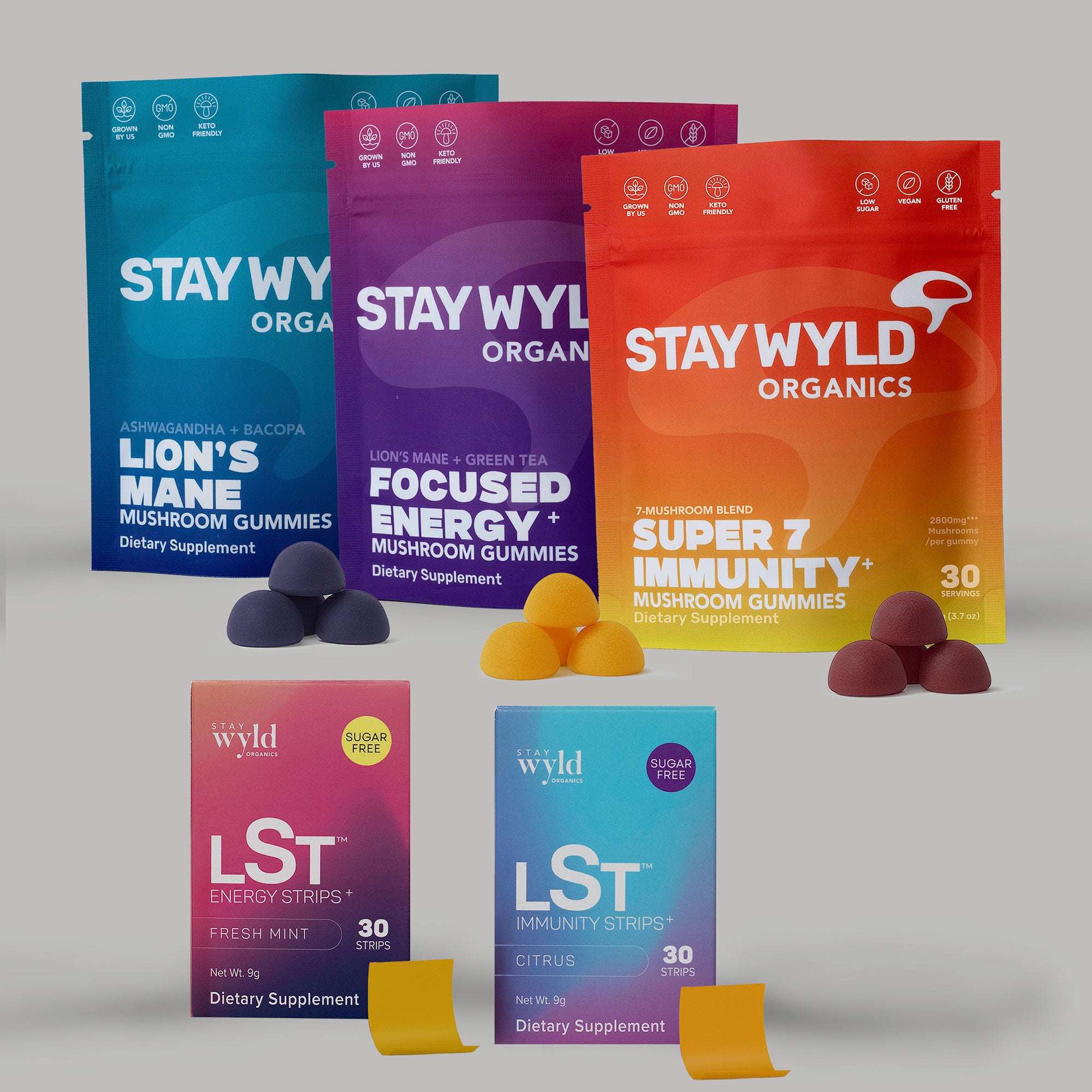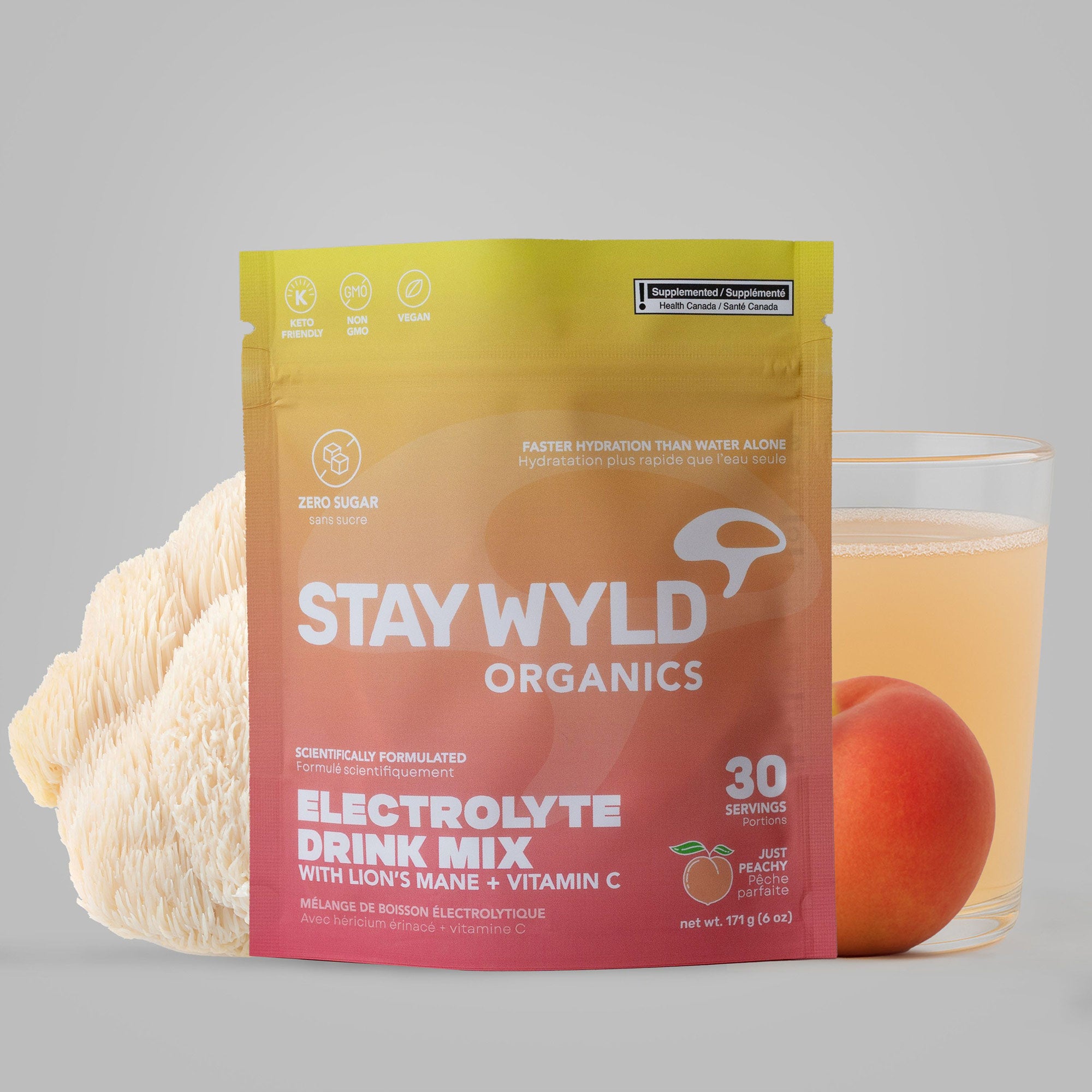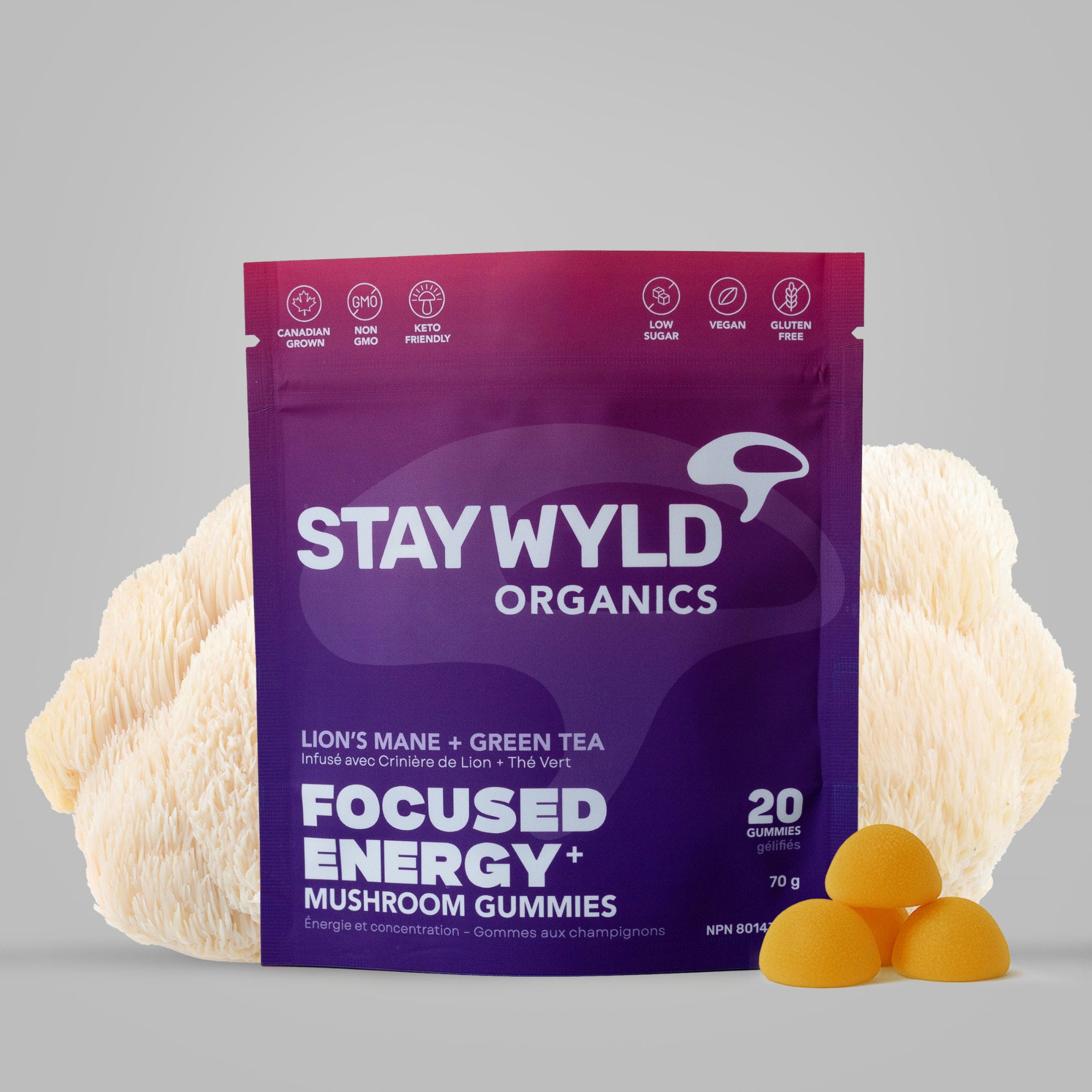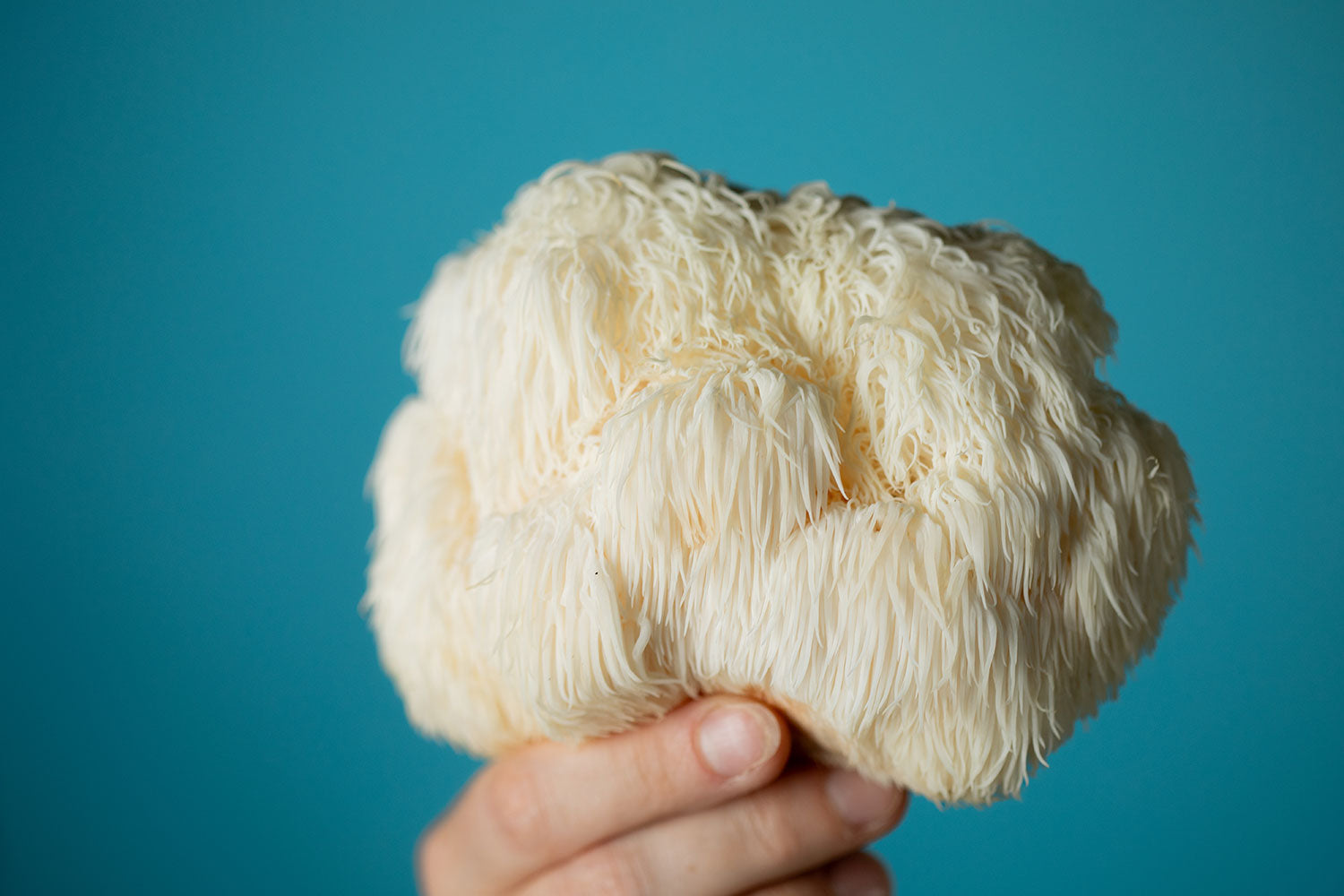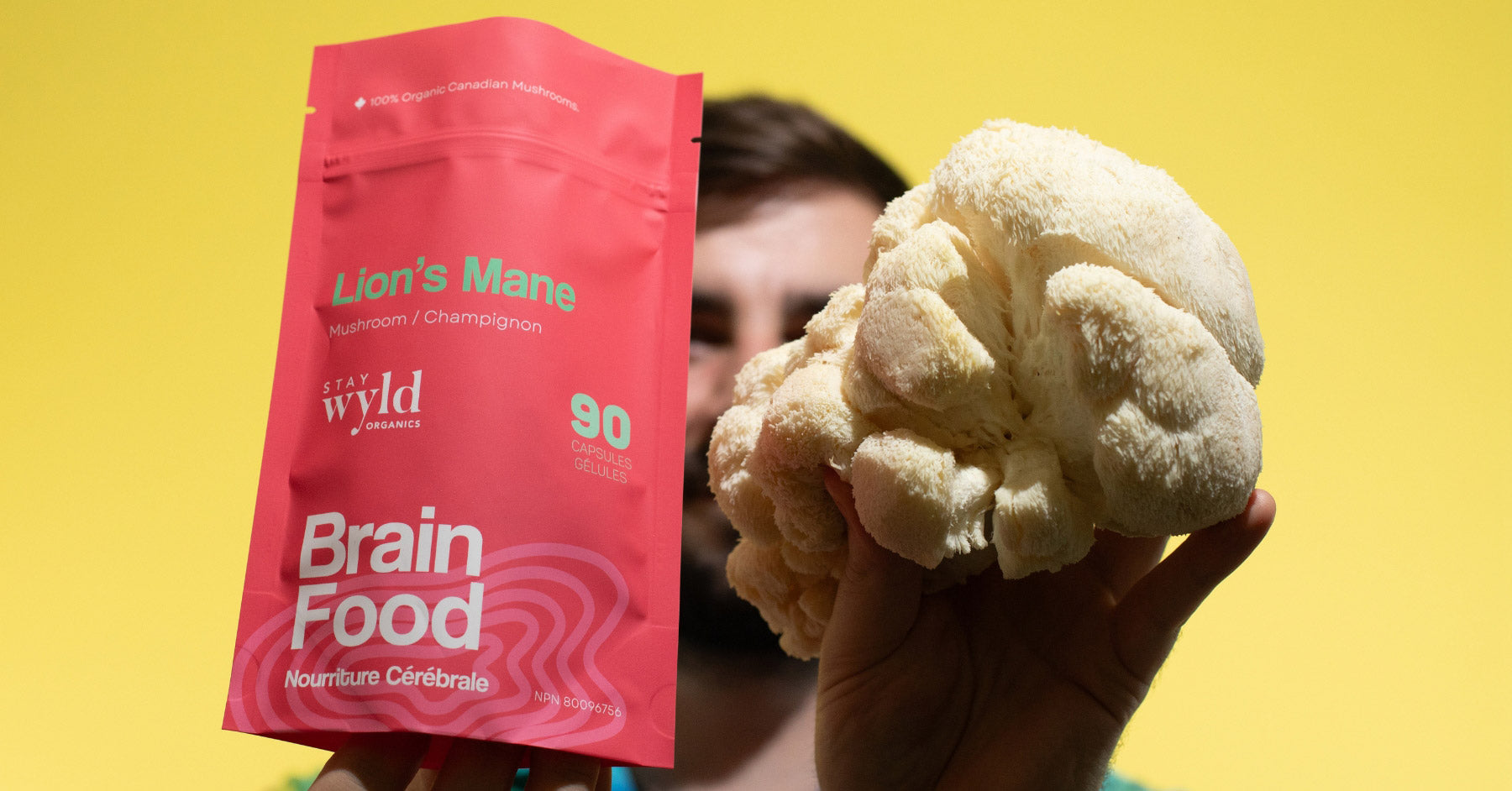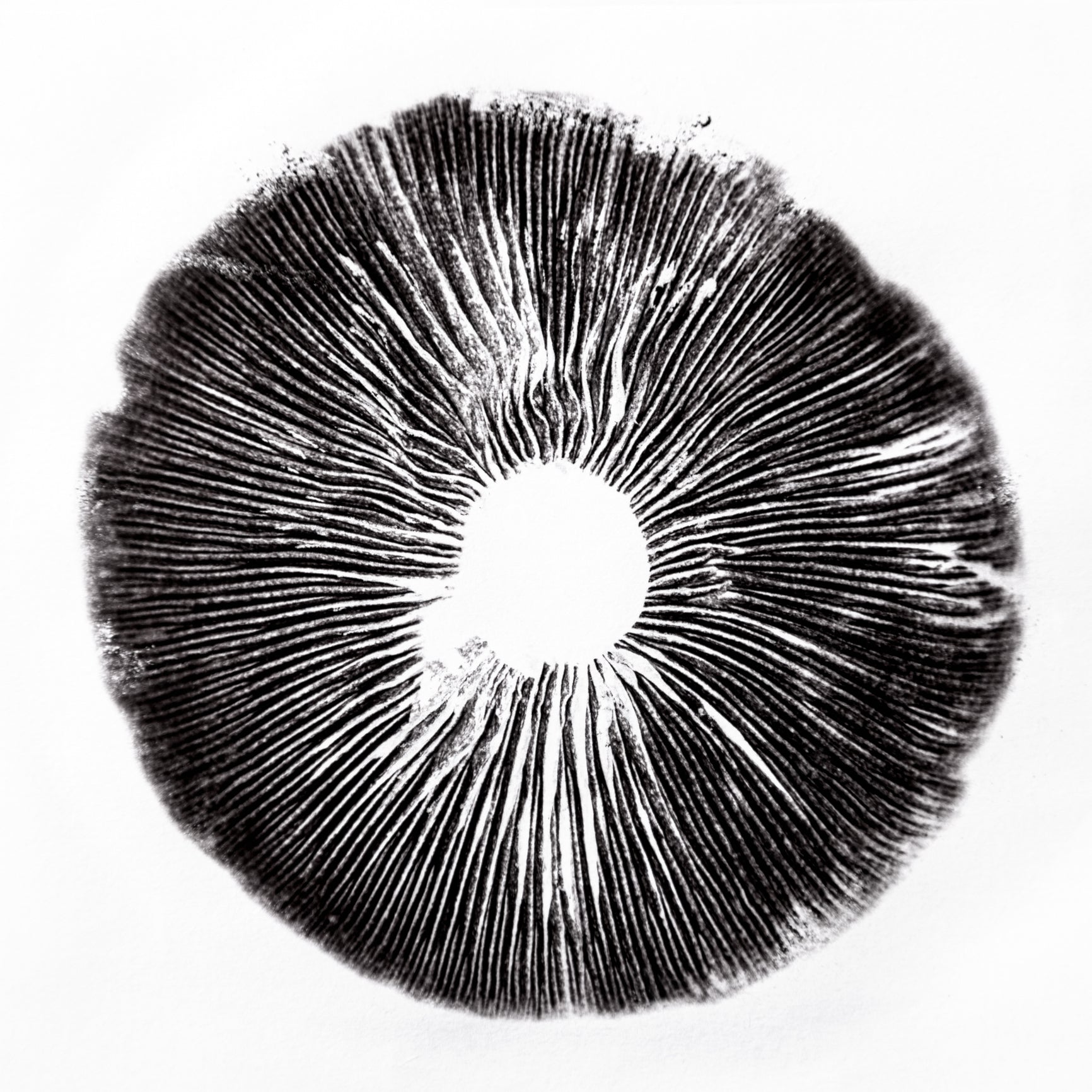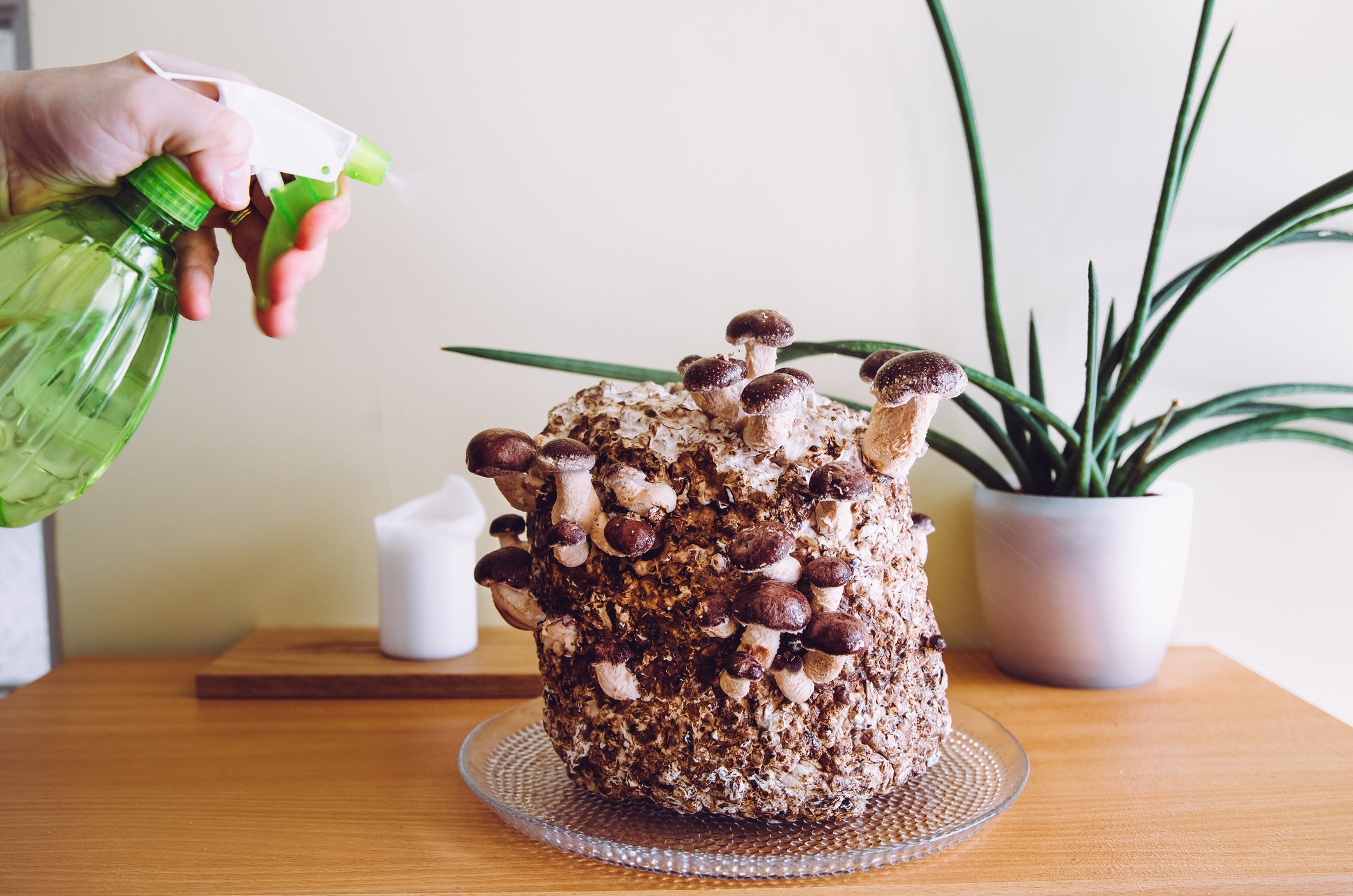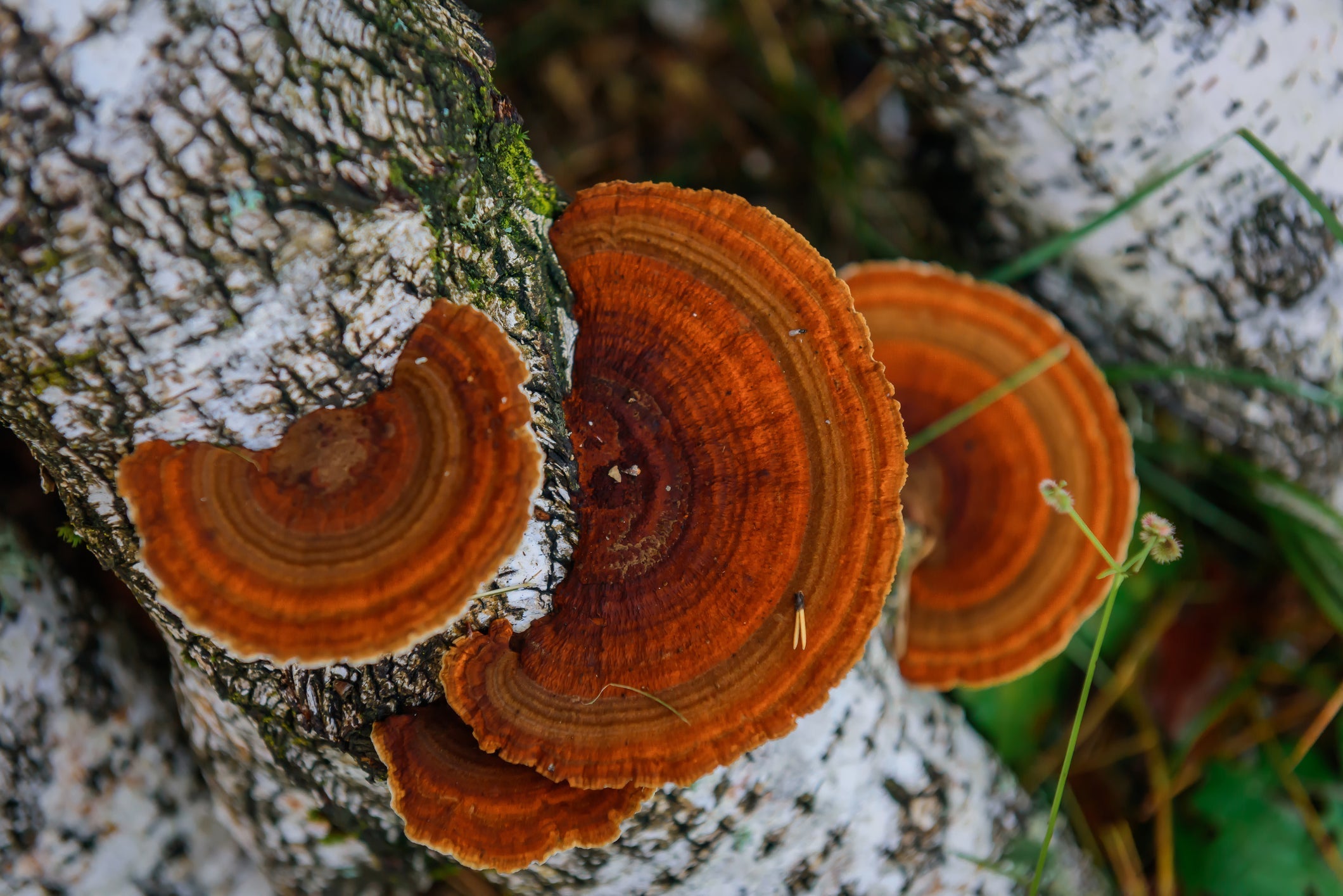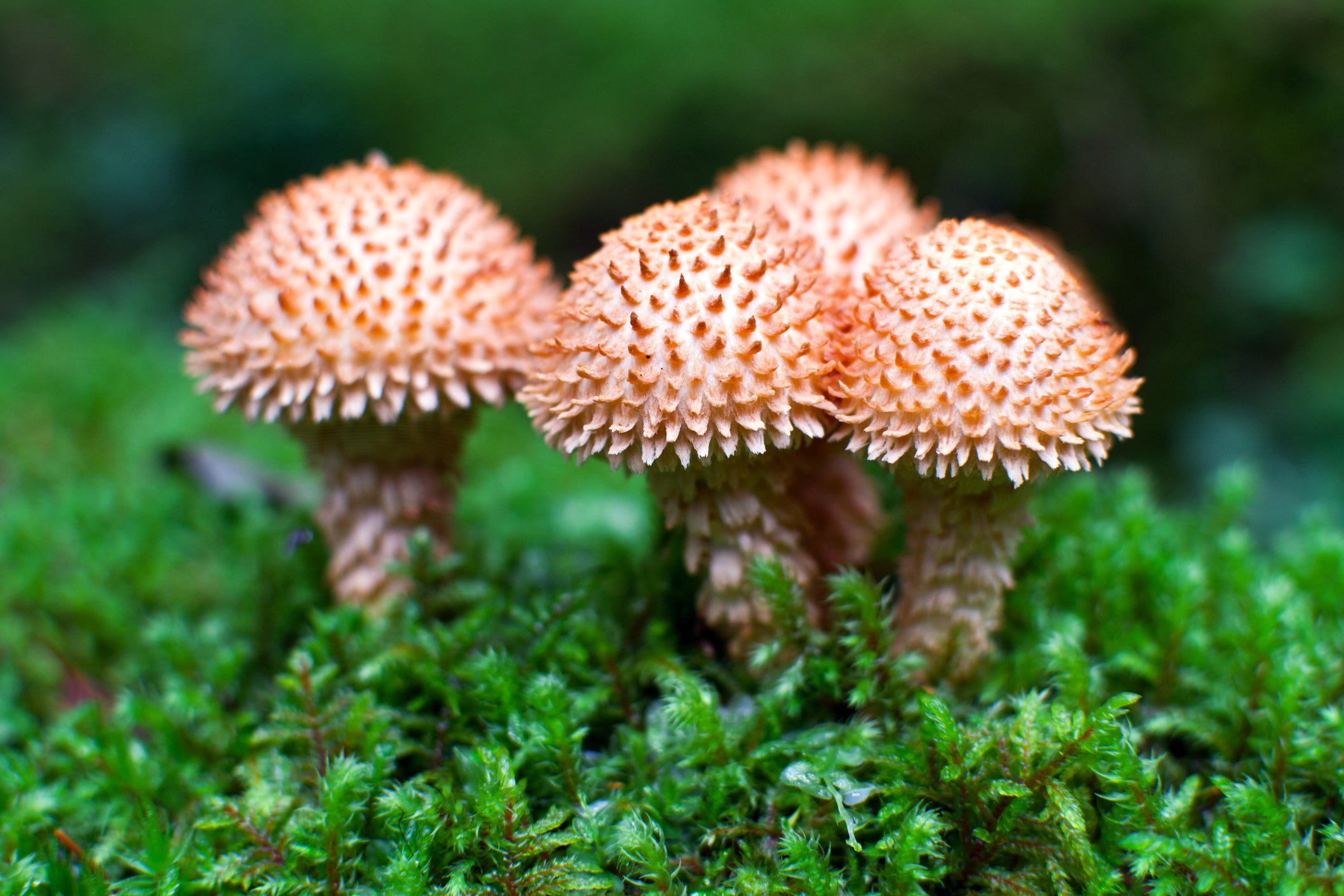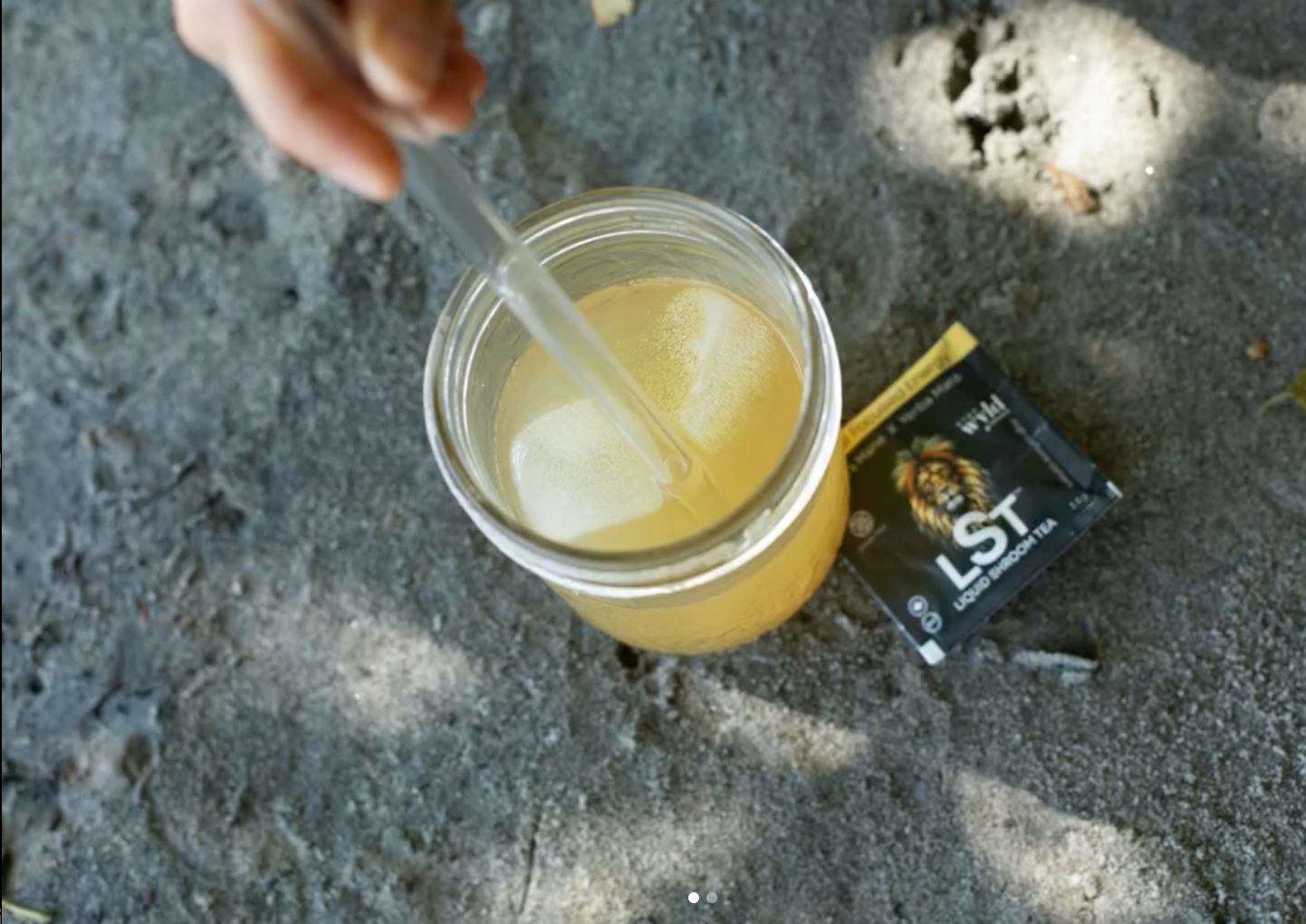Beta-Glucans and Functional Mushrooms
5 minute read
Beta-Glucans and Functional Mushrooms
Beta-glucan is the secret behind the healing nature of medicinal mushrooms. Functional mushrooms possess a wide range of compounds supporting human health in different aspects. Beta-glucan mushrooms nourish and protect the skin, restore hormonal imbalance, improve gut health and digestion, boost brain power, reduce stress and anxiety, and increase energy.
Mushrooms contain healthy constituents such as digestive enzymes, flavonoids, peptides, proteins, amino acids, polyphenols, antioxidant enzymes, prebiotics, sterols, triterpenoids, polysaccharides, and many others. The polysaccharide beta-glucan (beta-D-glucan) is the most studied health-promoting compound.
Read on to understand the association between medicinal mushrooms and beta-glucans.
What are Beta-D-Glucans?
Also known as biological response modifiers, beta-D-glucans can up and down-regulate biological systems’ response. It’s the beta-D-glucan structure that makes the medicinal mushroom structure. While the beta-D-glucan structure may vary from mushroom to mushroom, it’s what gives each mushroom its beneficial attributes.
Because of their unique attribute as biological response modifiers, beta-D-glucans can boost your immune system without causing an overreaction. Beta-D-glucans in mushrooms attract a lot of attention due to their health benefits. They’re antimicrobial, antioxidant, hepaprotective, cardioprotective, and immunomodulatory.
Polysaccharides vs. Beta-D-Glucans: Here’s What You Need to Know
Maybe you’ve come across labels indicating the presence of polysaccharides in mushrooms. It’s time to clarify the confusion surrounding beta-D-glucans and polysaccharides and why beta-D-glucan quantities are the accurate quality measure in these mushrooms.
Beta-D-glucans are water-soluble polysaccharides making up a chain of complex carbohydrates. Alpha-glucans, another type of polysaccharide, is also found in medicinal mushrooms in high quantities but have very little medicinal value.
The bottom line when purchasing medicinal mushrooms is to ensure that you look out for the beta-D-glucans count and not just polysaccharides.
Beta-Glucans Structure
Beta-D-Glucan, also known as beta-glucan, possesses a chain core. A linear linkage holds these glucose polymers together. They can extend from beta 1-3, 1-4, 1-6, or a mix.
The branching assignments are species specific. For instance, the beta-glucan in mushrooms is beta 1-3 and beta 1-6. The different beta-glucan structures influence their functioning, and the higher the structural complexity, the more potent the anticancer and immunomodulatory effects.
Mushroom polysaccharides trigger the following immunological changes:
- Prostaglandin inhibition
- Pro-inflammatory cytokines reduction
- Tumor metastasis inhibition
- Increase in immunity activities against different cancers
- Increased production of interferon
- Increase in antibody production
- Immune cells activation
The Beta-Glucans Immune Activation Mechanism
Because beta-glucan is a potent immunomodulator, it affects both adaptive and innate immunity. Beta-glucans act on different receptors (dectin-1 and CR3) related to immunity, which triggers different immune responses.
Dectin-1 triggers pro-inflammatory factors production and phagocytosis and initiates and regulates innate immune response. This leads to infectious agents being eliminated. You must understand beta-glucans found in a mushroom instead of the total polysaccharides, which account for both alpha-glucans and beta-glucans.
Benefits of Beta-Glucans in Mushrooms
The beta-glucan found in mushrooms presents numerous benefits in various body systems.
Lentinan from Shiitake mushrooms (Lentinus Erodes) and pleuran in Oyster mushrooms (Pleurotus Ostreatus) prevent the development of intestinal ulcers. In addition, these mushrooms positively affect the intestines by increasing intestinal mucosa resistance to inflammation. Lentinan also shows some positive impact on peristalsis.
Beta-glucan increases Th1 lymphocytes, which contributes to improved resistance to allergies.
Fungal beta-glucans reduce bad (LDL) cholesterol and overall cholesterol levels in the blood. Furthermore, they help to increase HDL cholesterol levels slightly.
Extracts of grifolan from the Maitake mushroom (Grifola fondus) increase insulin production and may help in diabetes treatment. In addition, Grifolan successfully suppresses Candida albicans. For grifolan to work effectively, it's best paired with vitamin C.
Beta-glucans from mushrooms show anti-cancer activities. Six mushroom preparations show efficacy against human cancers. They include:
- Polysaccharide-K/polysaccharopeptide (PSK/PSP) from turkey tail mushroom
- Maitake D-fraction from maitake mushrooms
- Active hexose correlated compound (AHCC) from Shiitake mushrooms
- Schizophyllan from splitgill mushroom
- Lentinan from shiitake mushrooms
Over the years, research shows mushrooms have strong antineoplastic properties, increase malignant cell phagocytosis, reduce tumoral angiogenesis, regulate tumor genes, and slow down tumor growth.
Also, other studies show that combining antineoplastic agents with medicinal mushrooms increases radiation and chemotherapy efficacy, the leading cancer treatment options.
Mushroom Species With Active Beta-Glucans
Mushrooms with beta-glucan include:
- Enoki mushroom (Flammulina veluptis) - Flammulin
- Maitake mushroom (Grifola frondosa) - Maitake D-fraction, Grifolan
- Turkey tail mushroom (Trametes Versicolor) - PSK/PSP
- Reishi mushroom (Ganoderma lucidum) - GI-1
- Splitgill mushroom (Schizophyllum commune) - Schizophylan
- Shiitake mushroom (Lentinus edodes) - Lentinan
- Oyster mushroom (Pleurotus spp) - Pleuran
Other Health-Promoting Mushroom Constituents
There are other health-promoting constituents in mushrooms. They include:
How Long Does It Take for Beta Glucan to Work?
If you intend to take beta-glucan with a certain goal, like reducing cholesterol, it may take several weeks to notice any potential effects. Studies about cholesterol reduction using beta-glucans show that it takes between 8-12 weeks to notice any changes.
Incorporating Beta-Glucans into Your Diet
The best way to incorporate beta-glucans from medicinal mushrooms into your diet is by taking the mushrooms in their natural form. Alternatively, you can opt for beta-glucan supplement options like beta-glucan powder. Other supplement options are mushroom capsules and powders.
Appropriate Beta-Glucans Testing
There are concerns about the purity and identity of mushroom products in the market. Most testing methods best suit grain testing (1-4 beta-glucans). However, these methods don’t accurately test the beta-glucans in medicinal mushrooms.
Authors of the study above developed a new way of testing beta-D-glucans which institutions use to determine mushroom beta-glucans.
Conclusion
Incorporating beta-D-glucans into your daily regimen offers a great health resource. The good thing is it’s now easier to lay your hands on great-quality Canadian-grown medicinal mushrooms and their benefits.
Head to the Stay Wyld Organics shop and take advantage of the numerous health benefits, including beta-glucan packed mushroom supplements. All of our mushroom products contain beta glucans and are rigorously tested for purity, non-GMO, and organic. We guarantee you pure mushroom niceness.
Take charge of your health and experience for yourself why Stay Wyld Organics customers can’t keep calm.
Leave a comment
All comments are moderated before being published.
This site is protected by hCaptcha and the hCaptcha Privacy Policy and Terms of Service apply.
